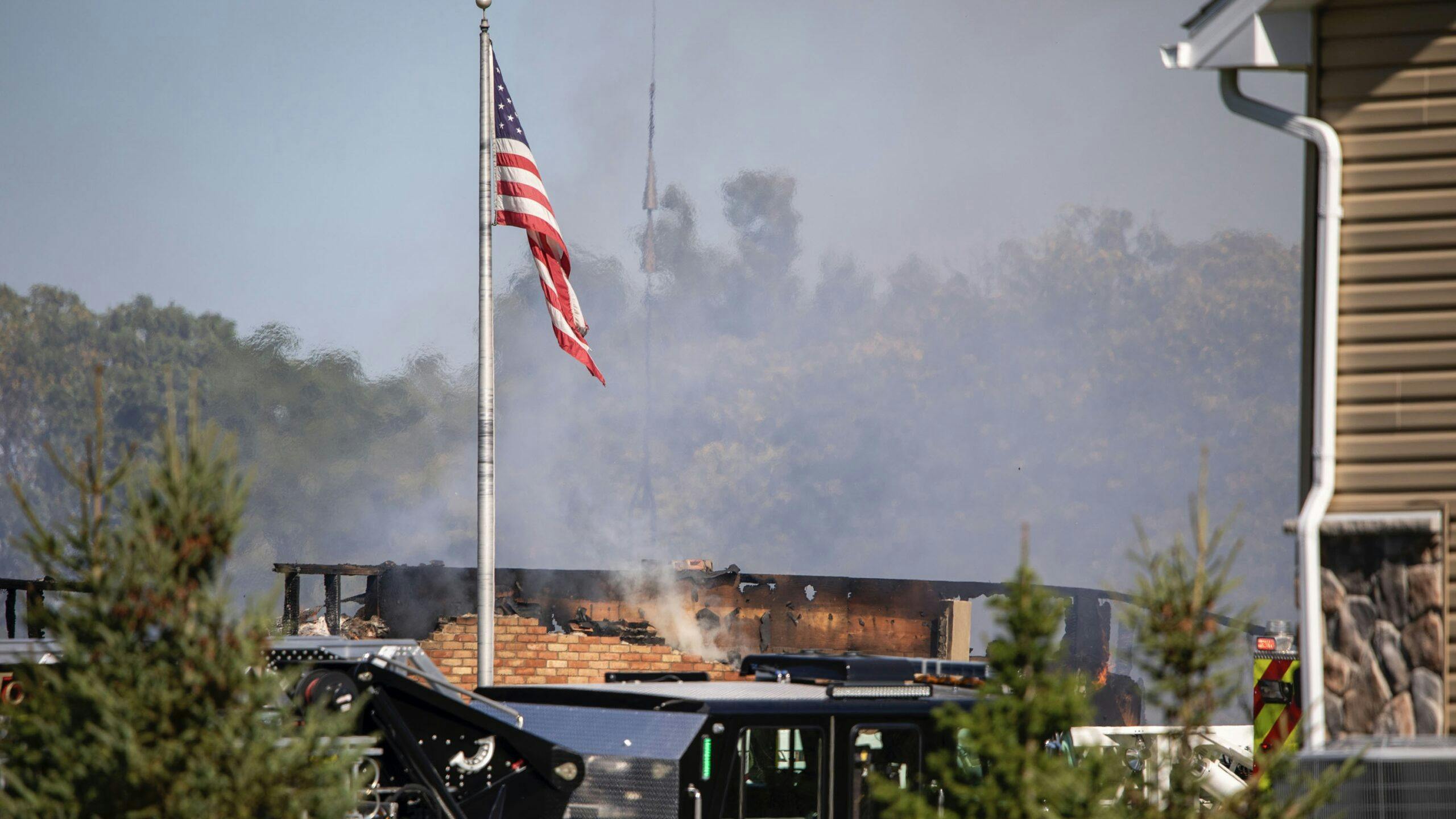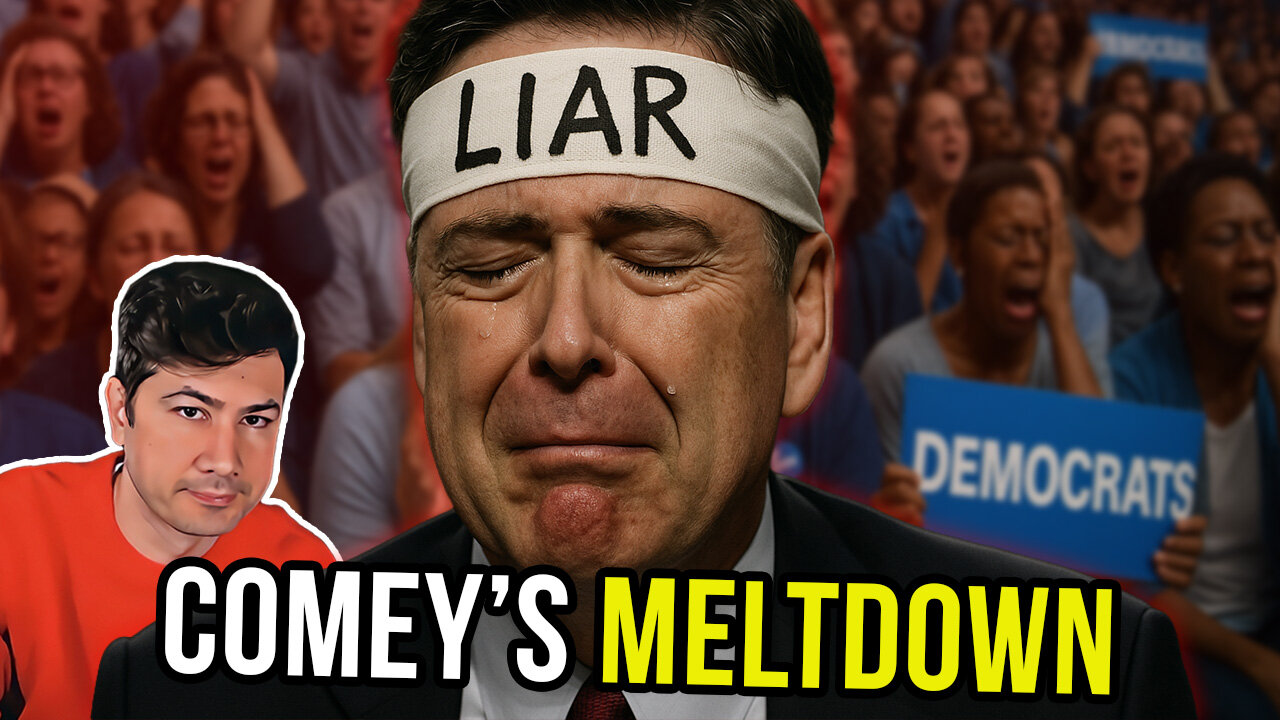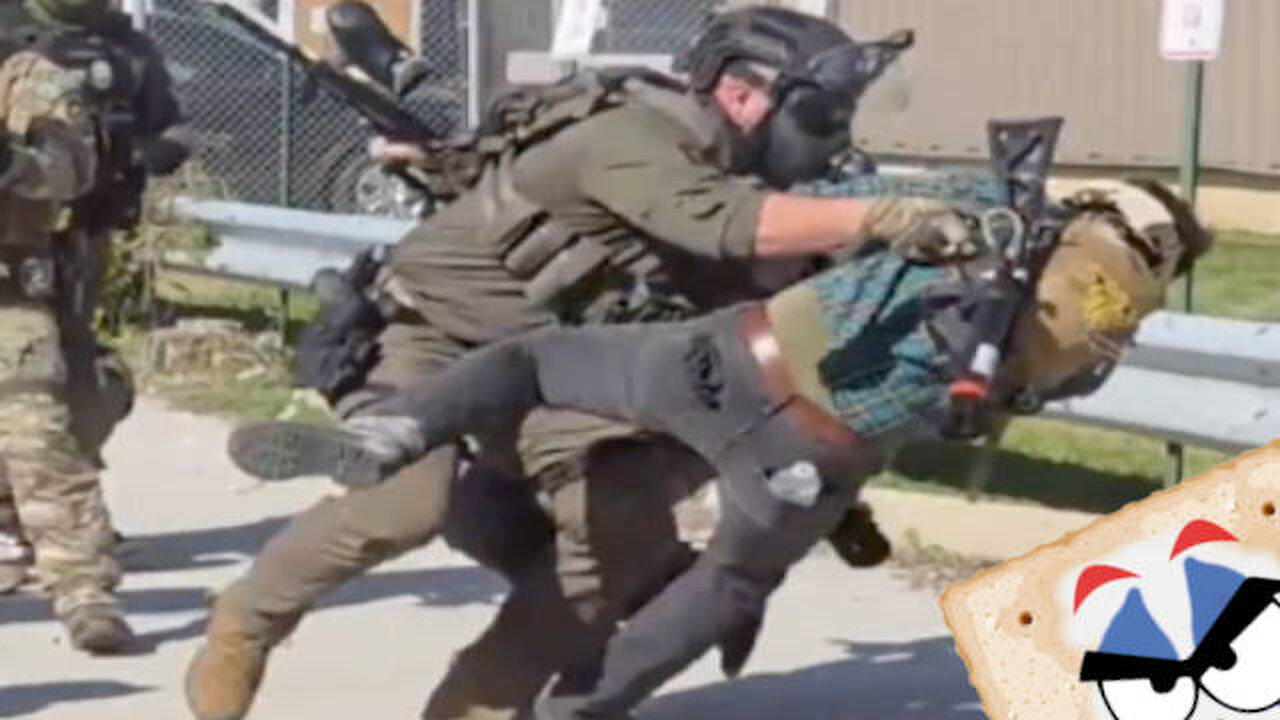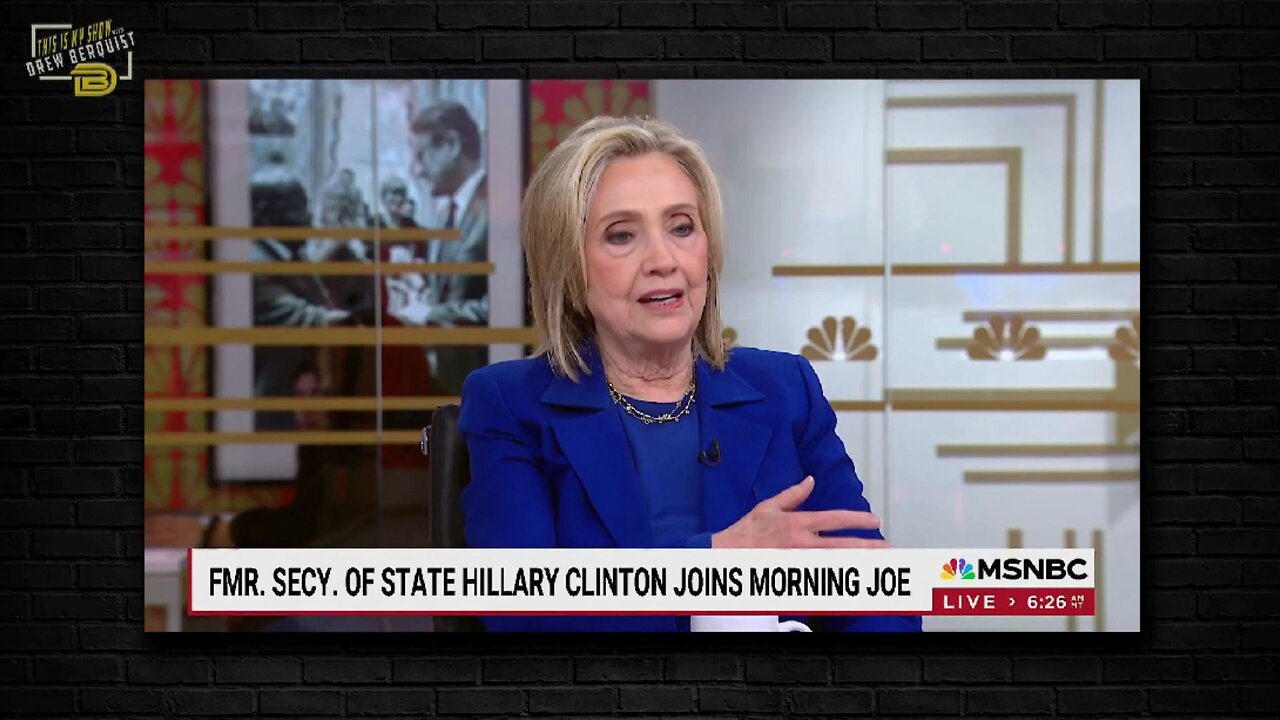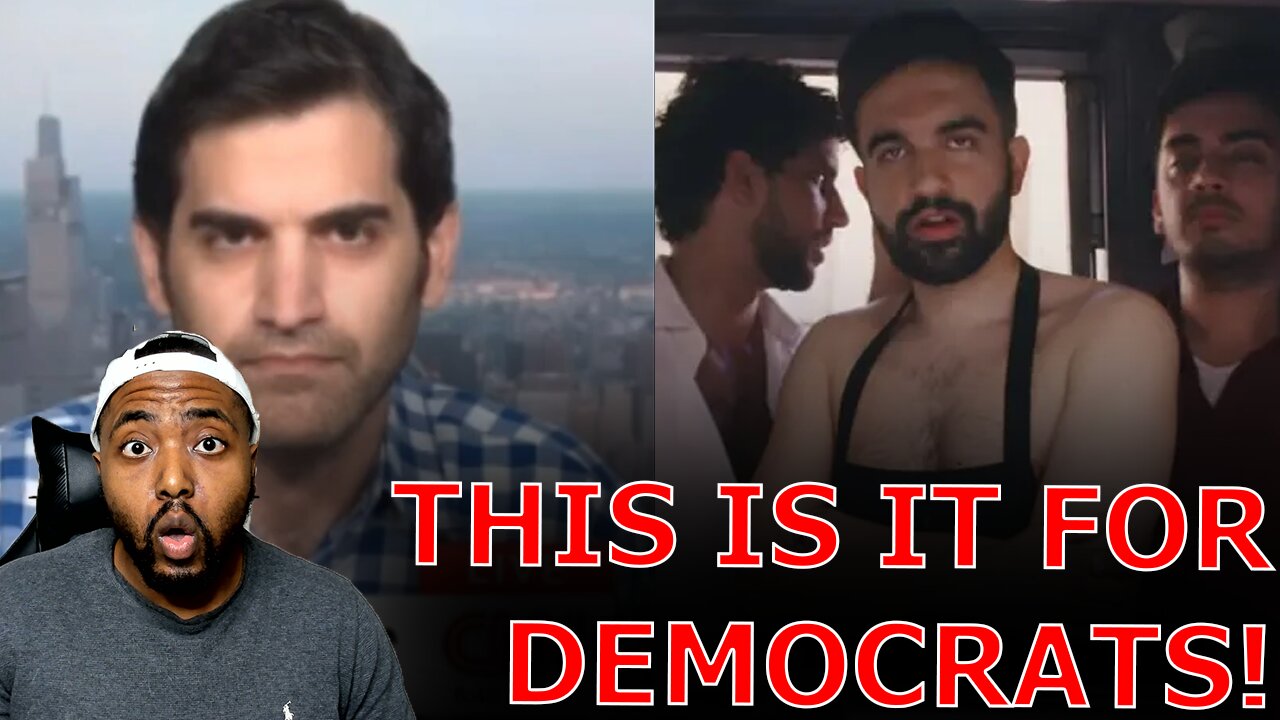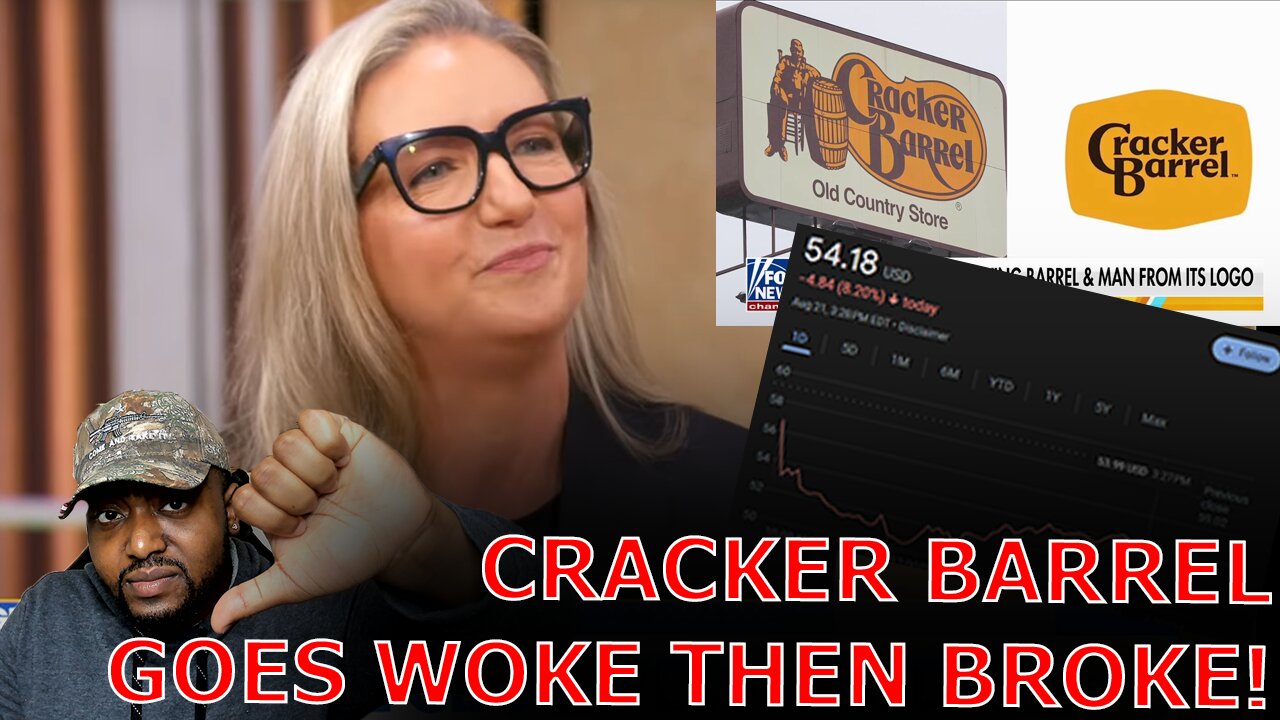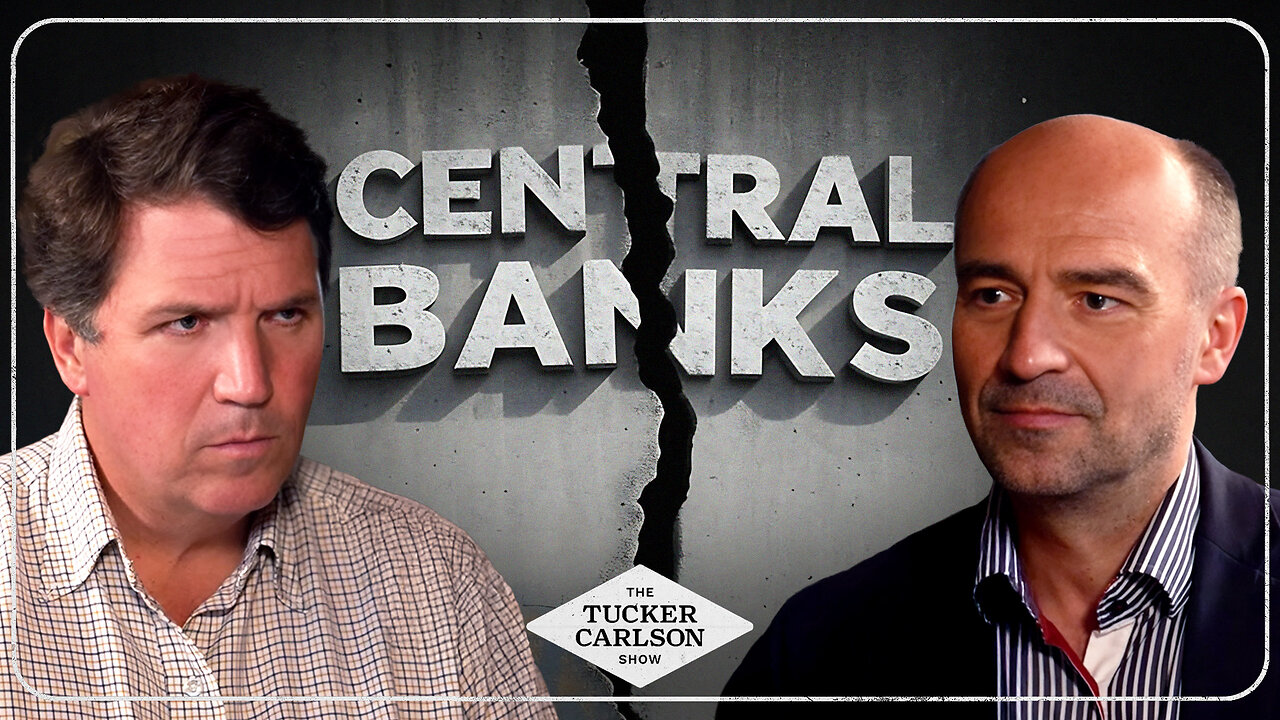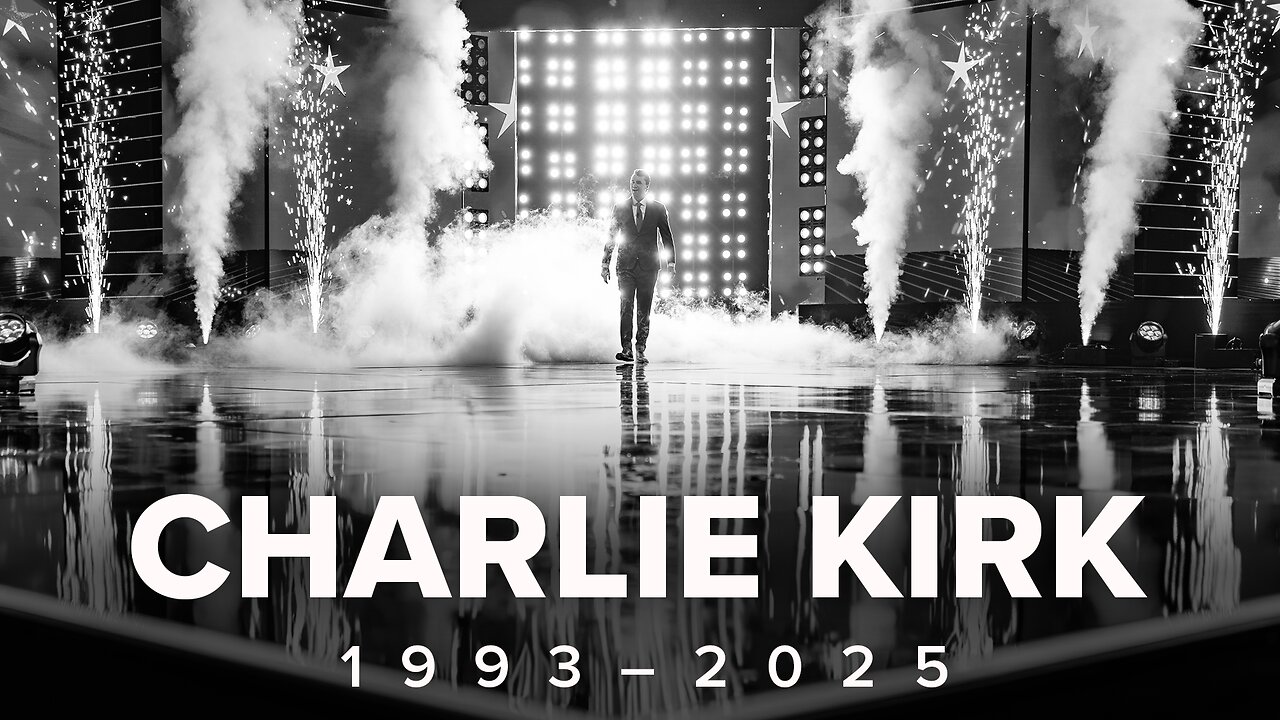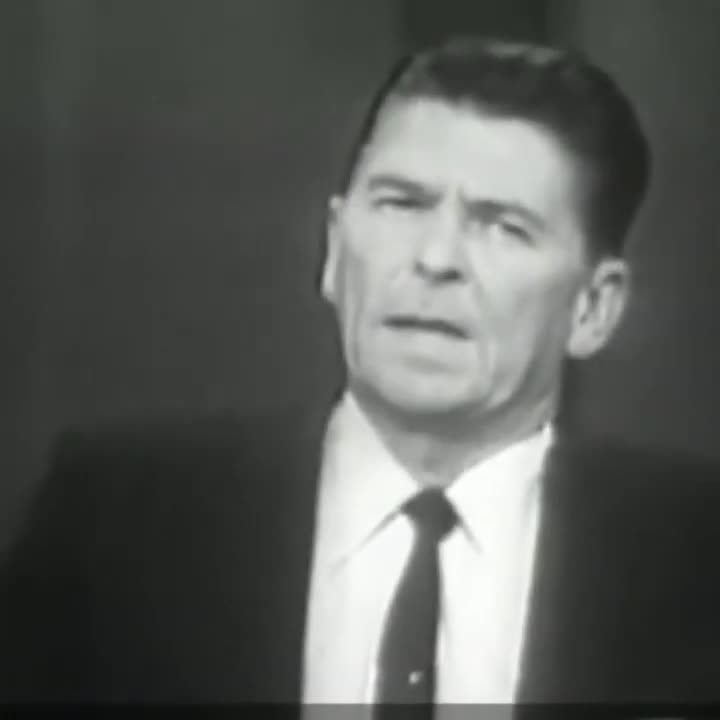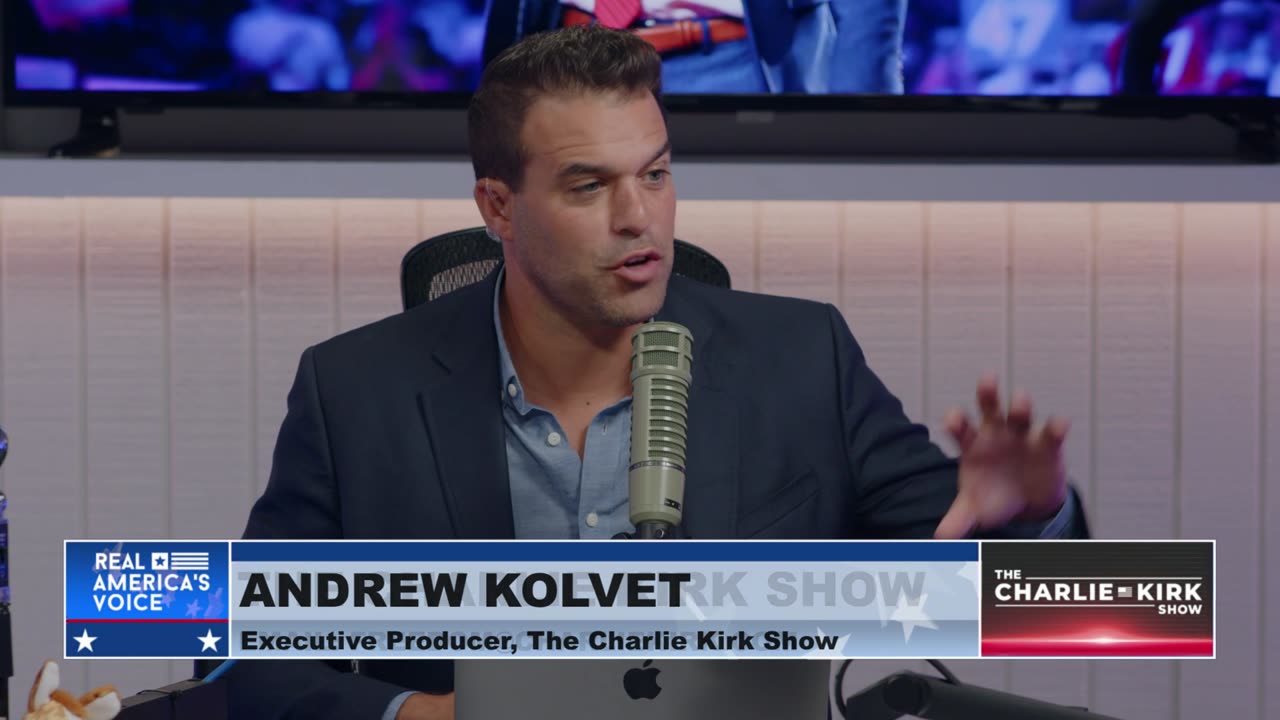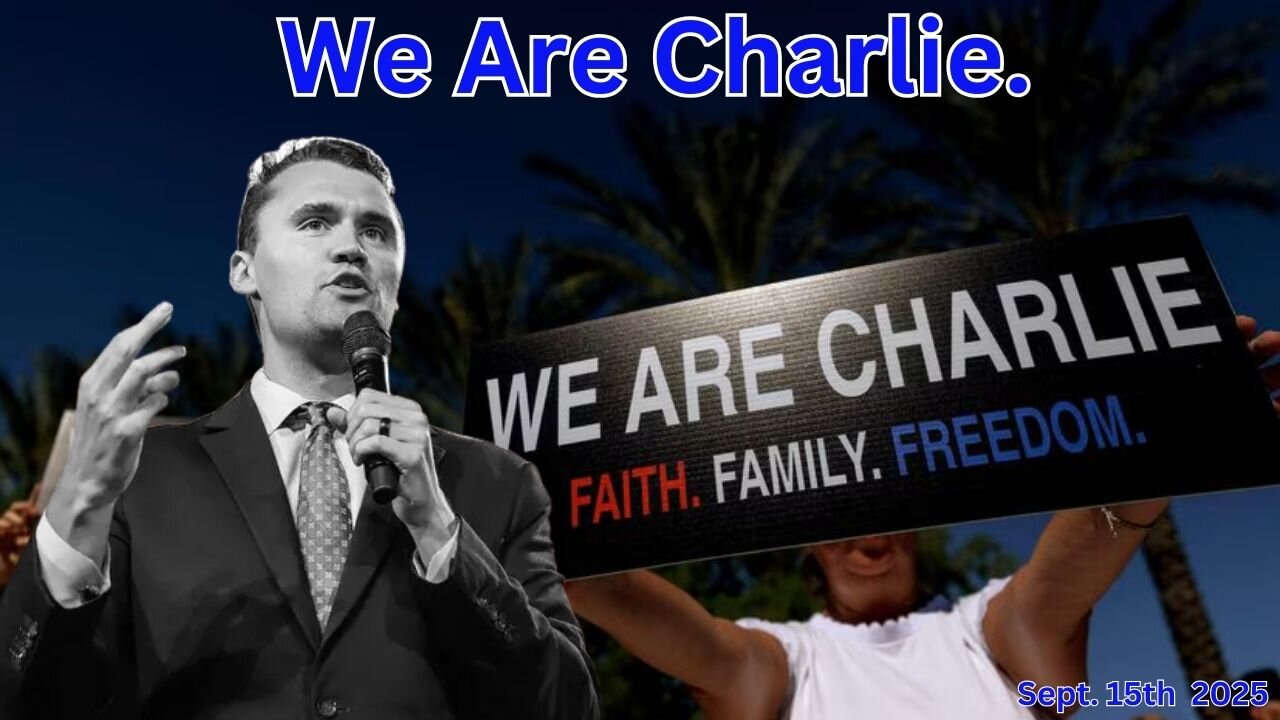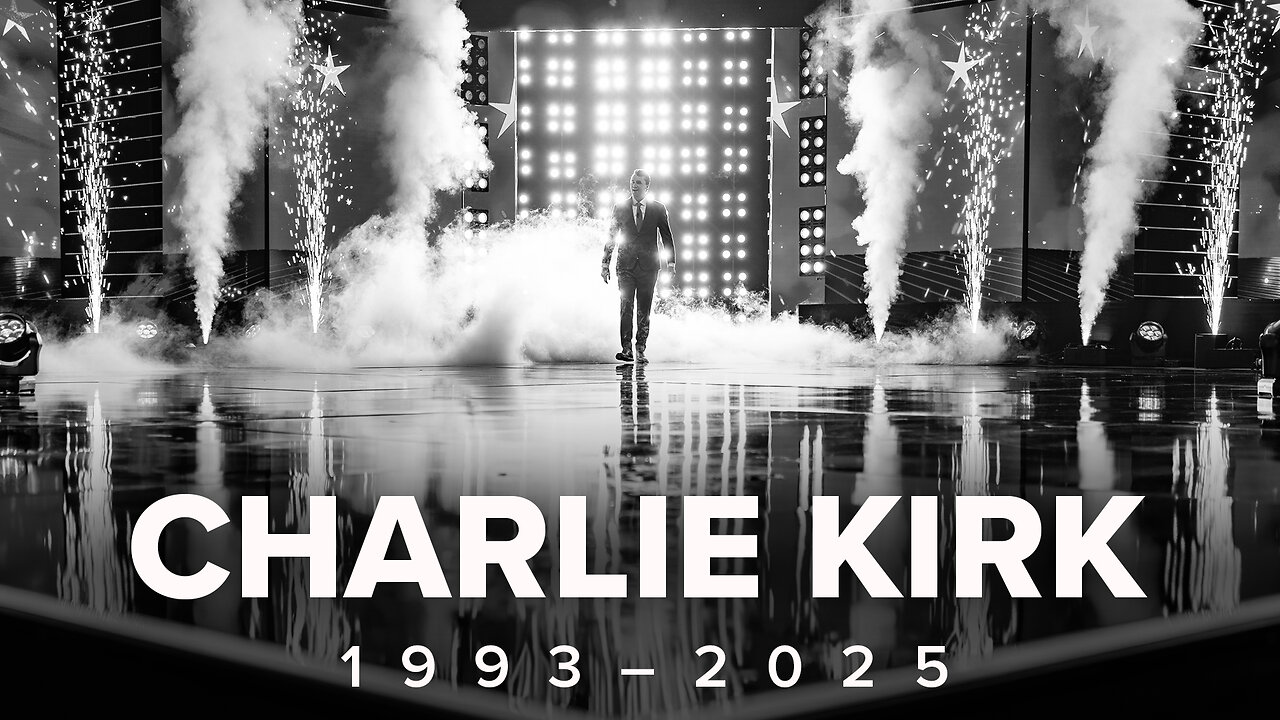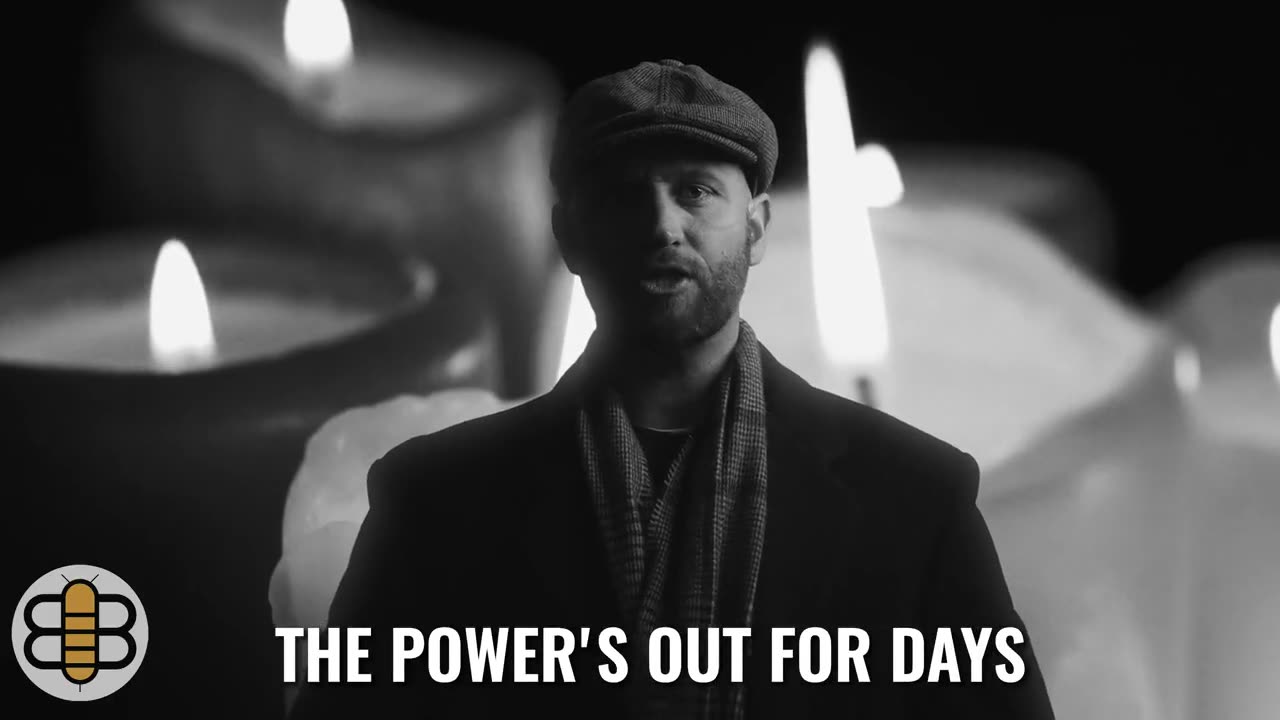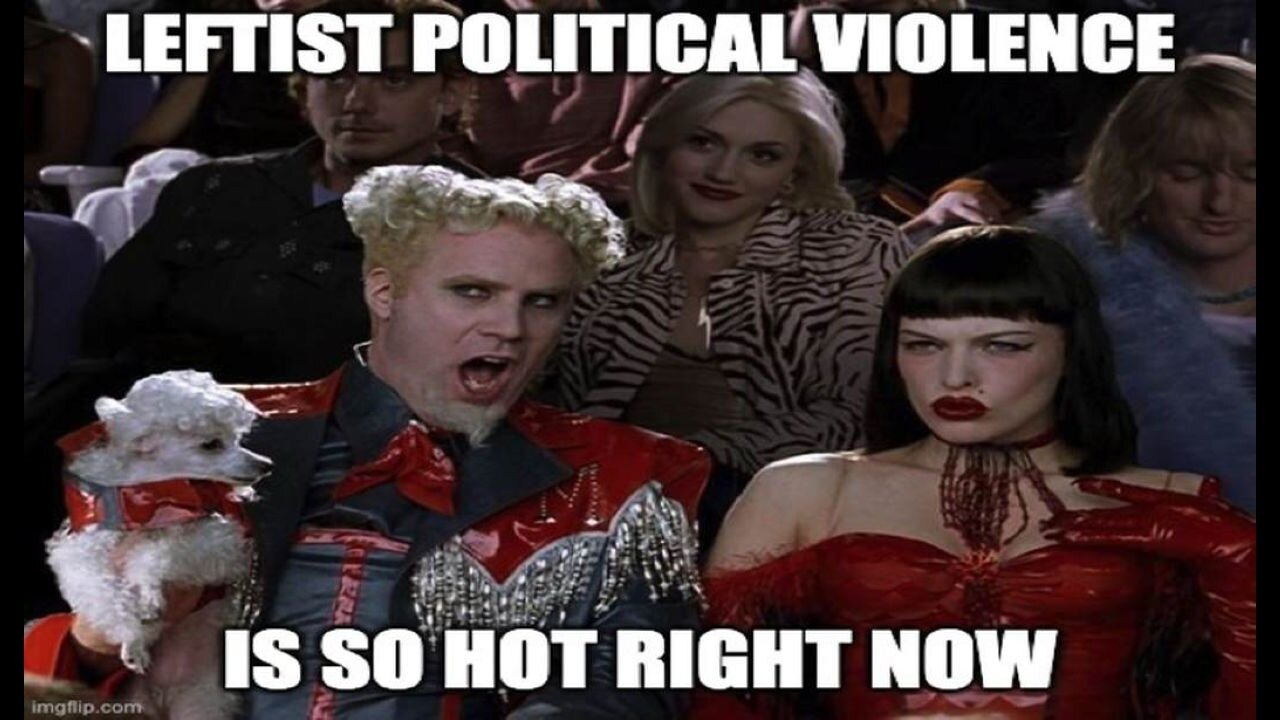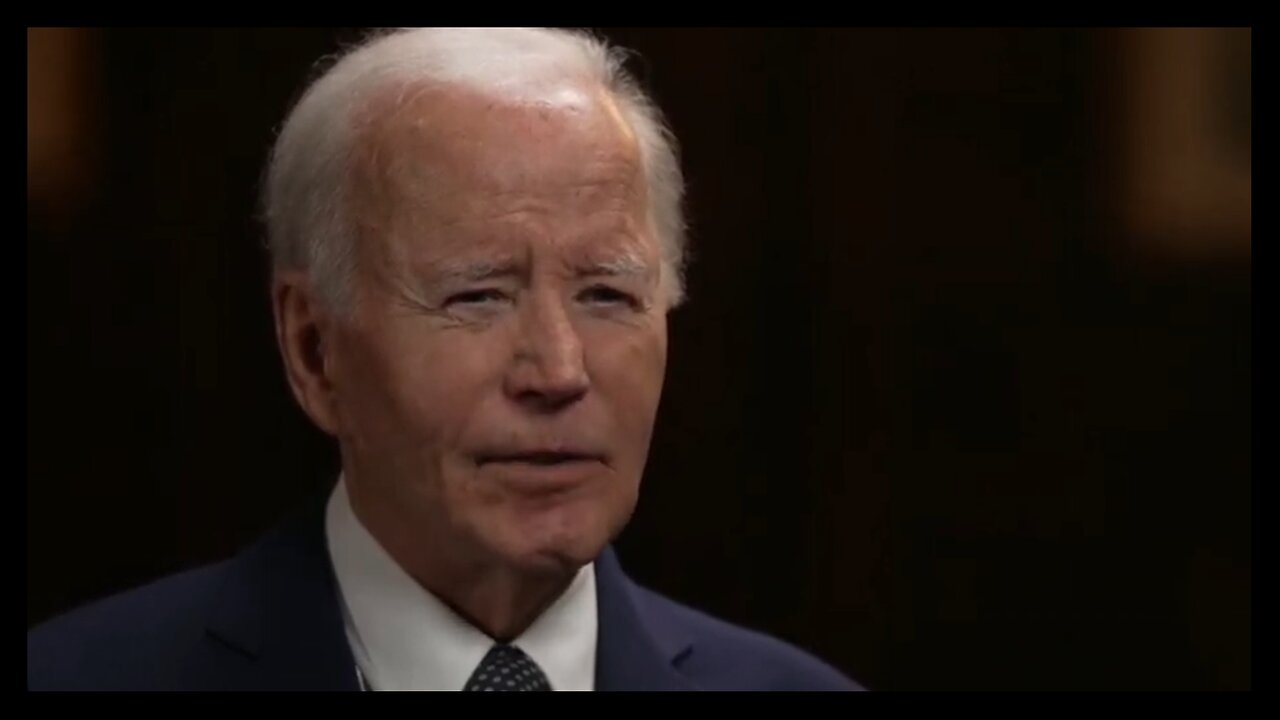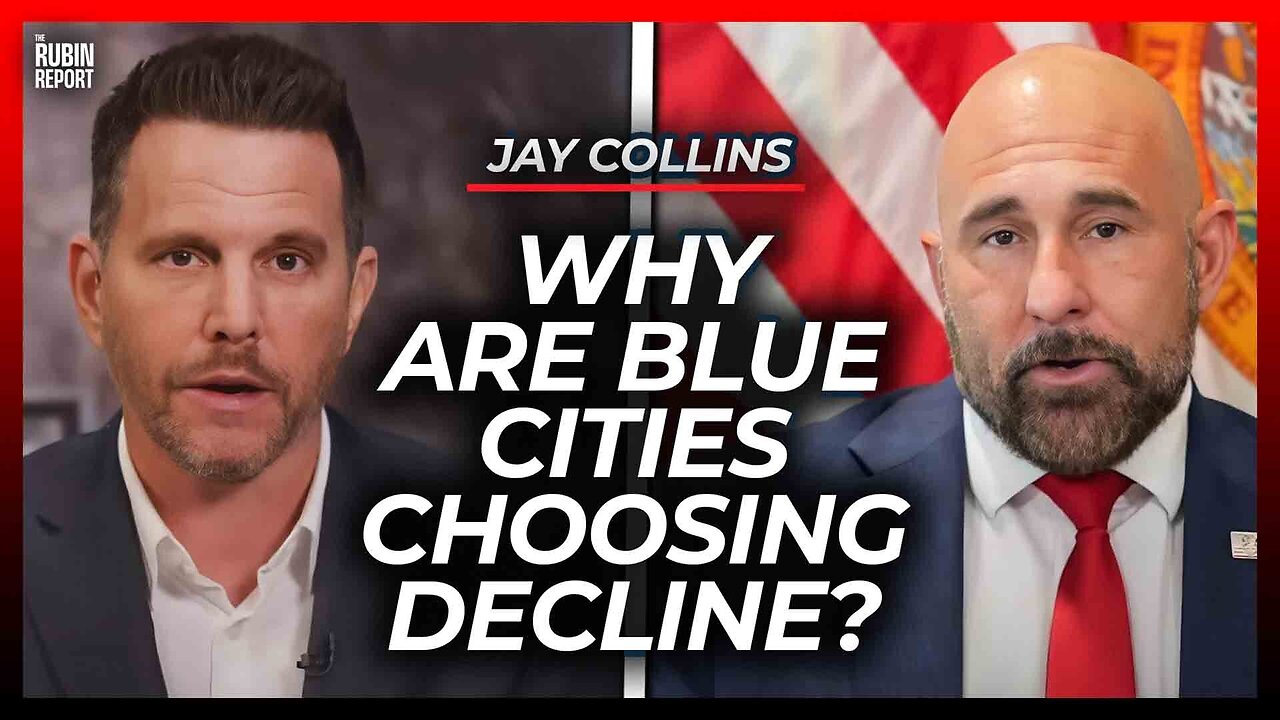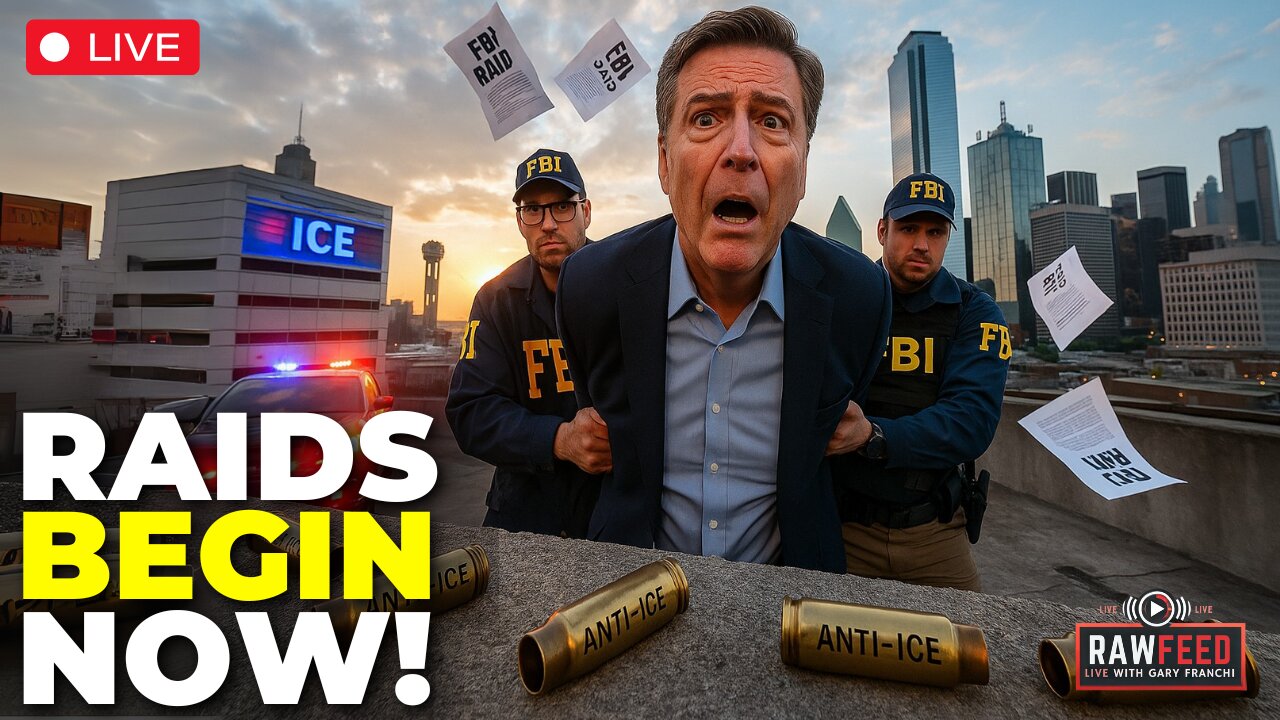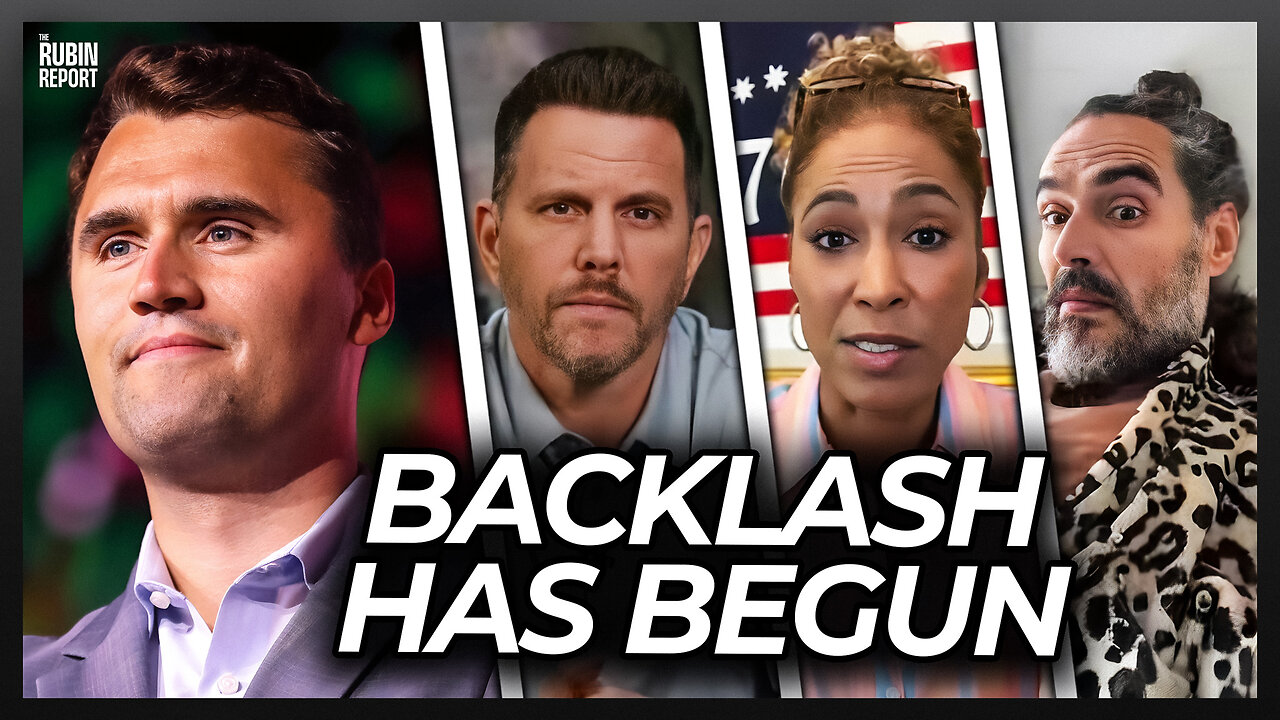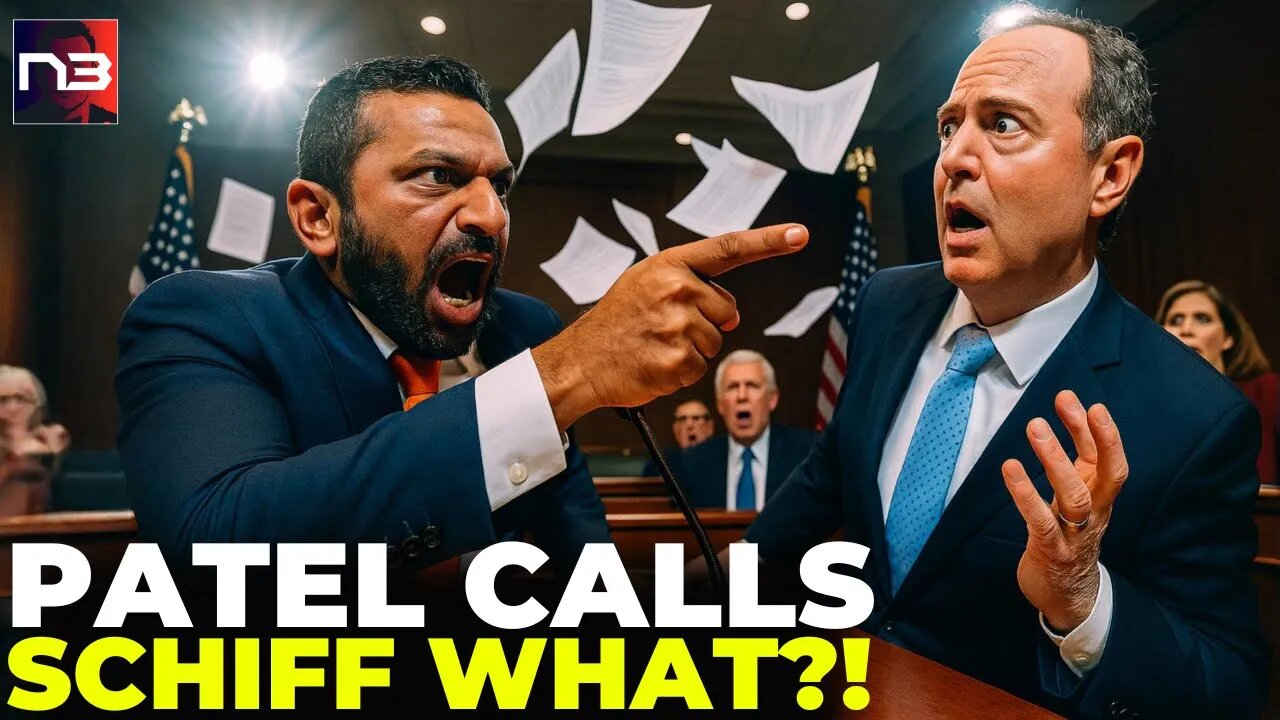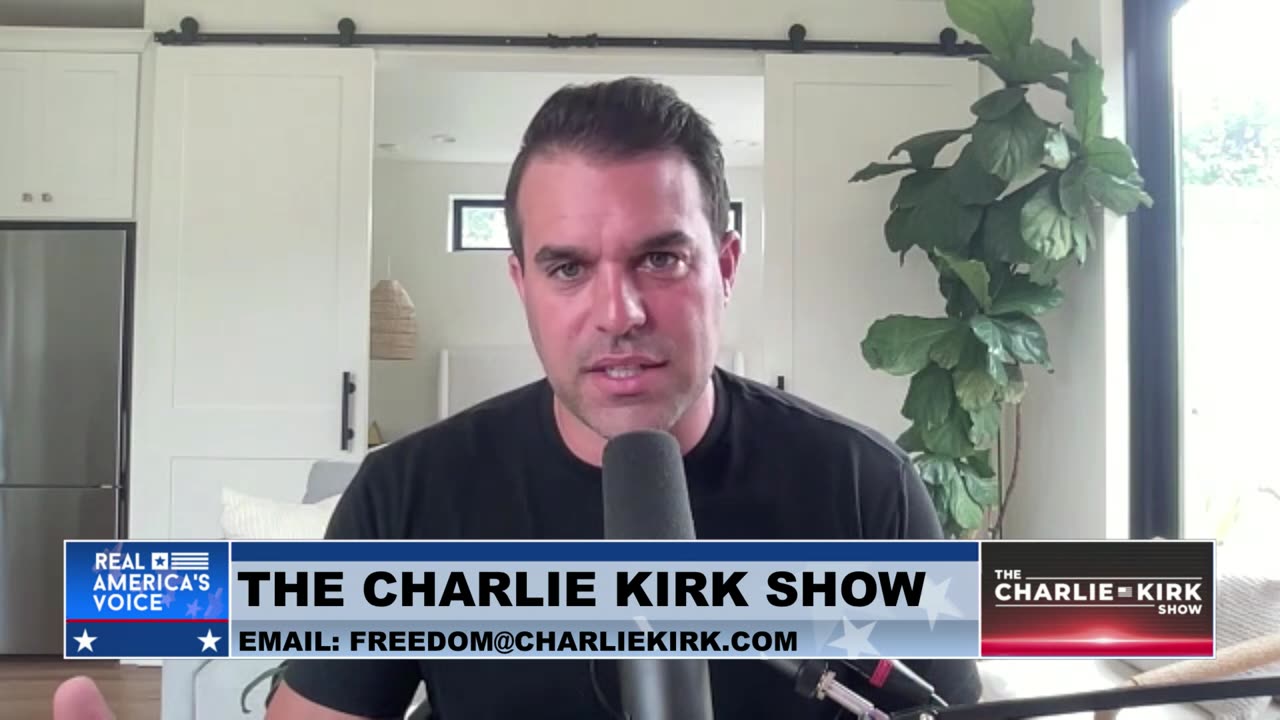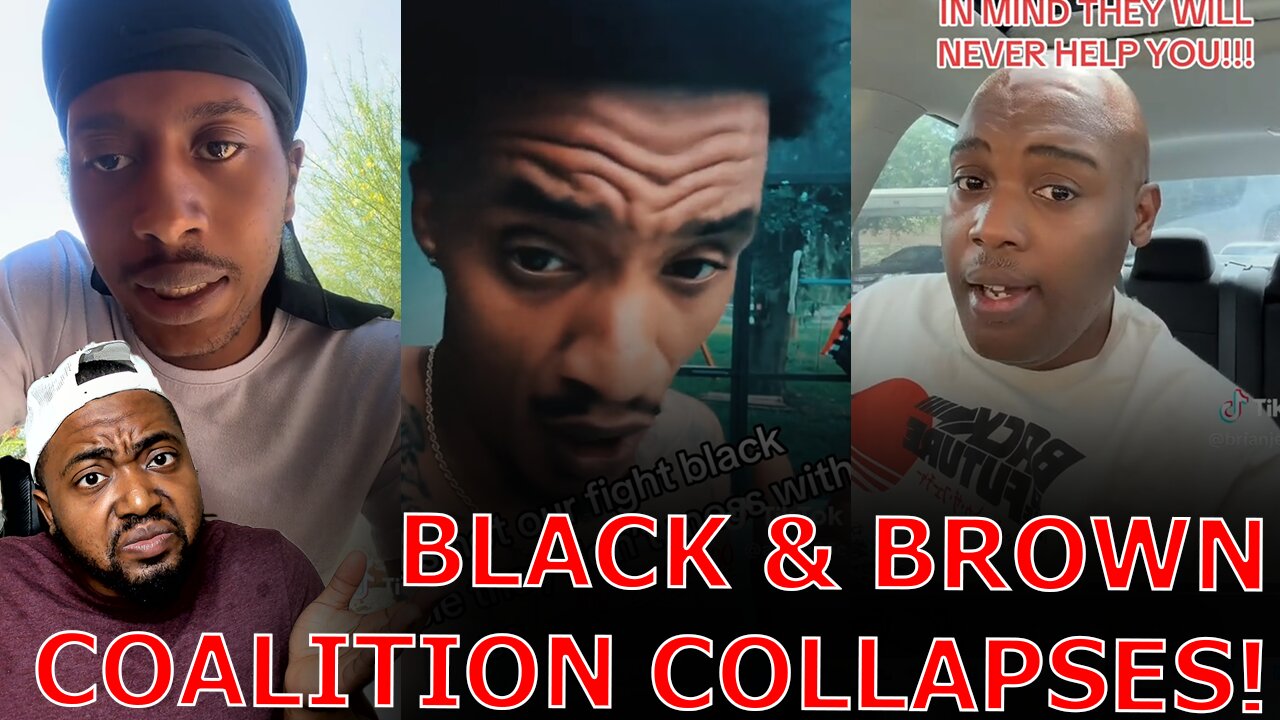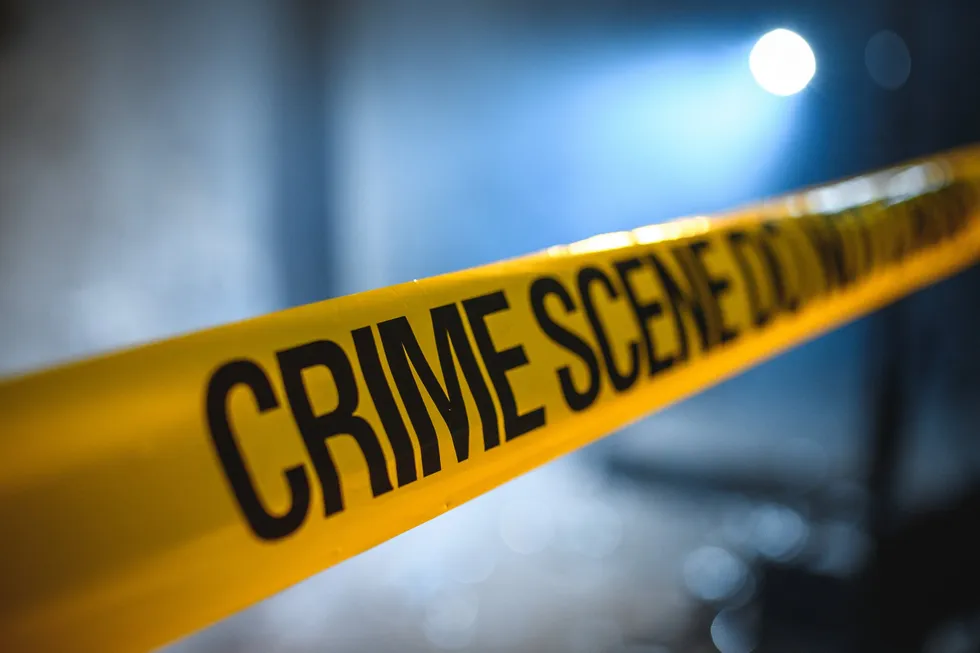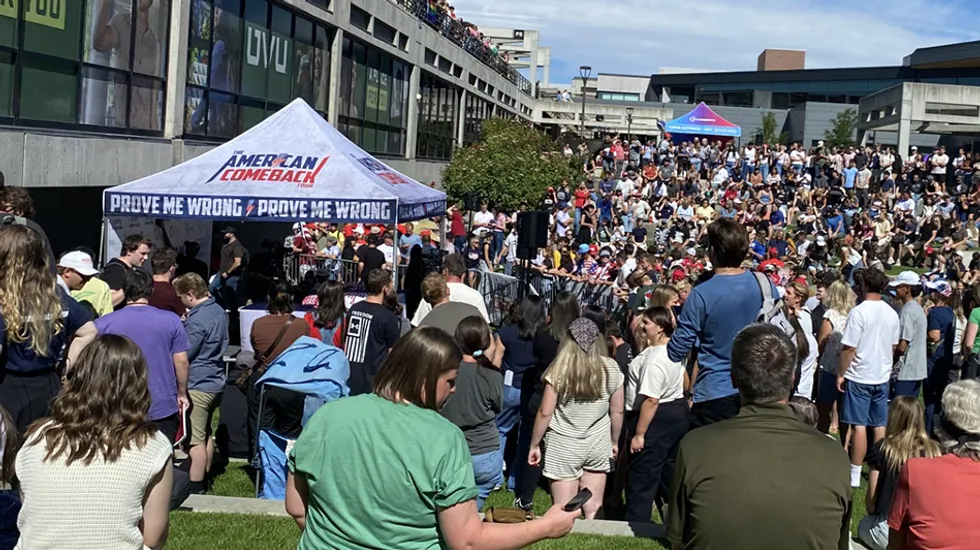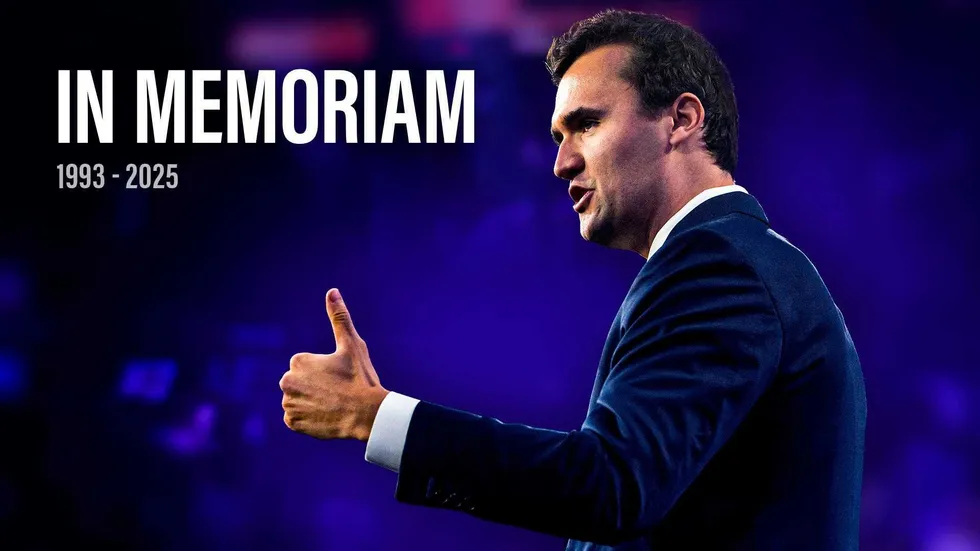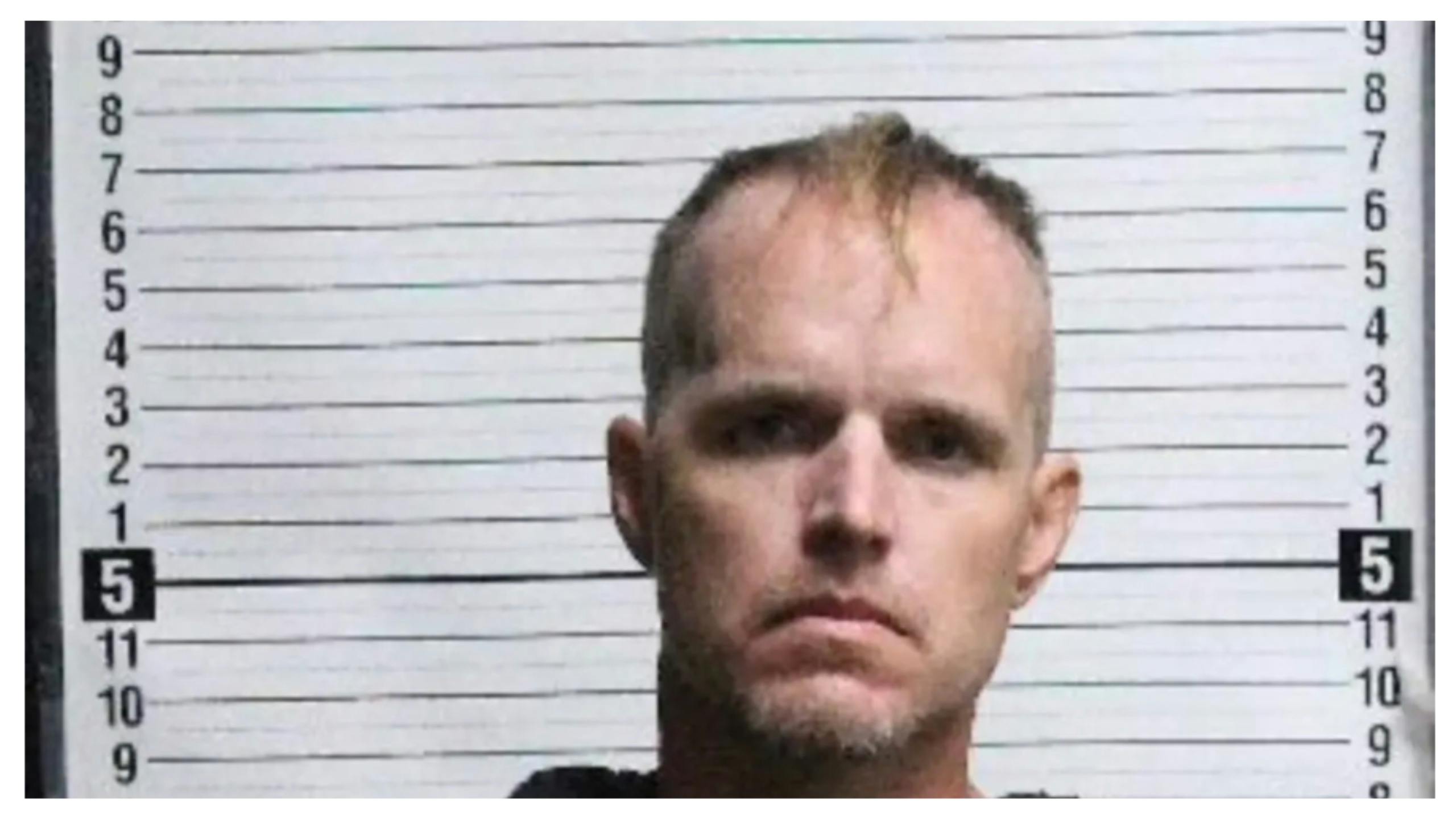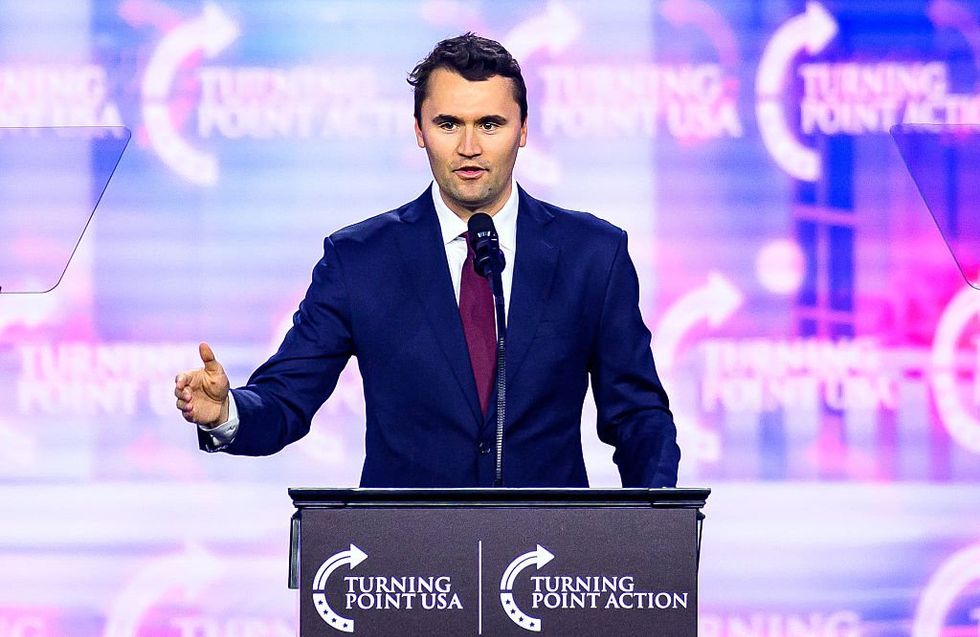The stabbing in Frisco was a tragedy everyone saw coming
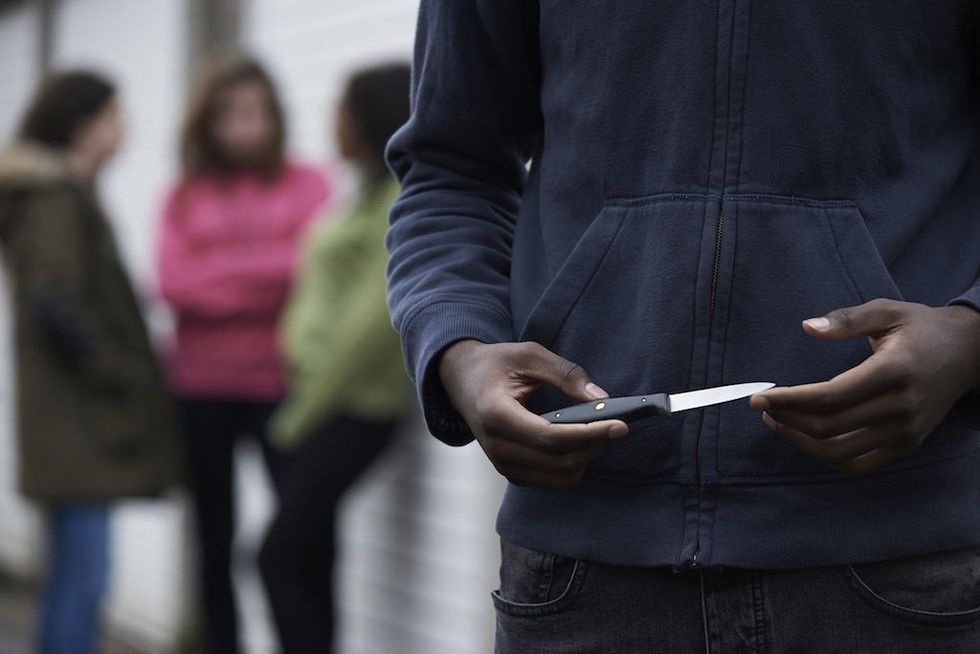

A high school student fatally stabbed another student last week during a track meet in Frisco, Texas, not far from where I teach. The story gained national attention when details emerged: the alleged killer is a black delinquent, and the victim, Austin Metcalf, was a white all-star athlete, top student, and professed Christian. Initial reports indicate the conflict began when the suspect sat in the wrong area, although new information suggests he may have been rummaging through other people’s belongings.
This tragedy has reignited tough conversations about racial violence among youth, school security, and the role of discipline. Yet raising these issues often prompts accusations of racism rather than honest discussion.
In this case, as in so many others before, district administrators will continue with the same disciplinary policies that failed to prevent the violence.
In response, proposed solutions once again focus on broad, institution-wide measures — calls for increased security and metal detectors at track meets — rather than targeted discipline. This mirrors the post-9/11 approach, when the newly formed TSA frisked elderly women for bombs rather than focus on military-age Middle Eastern or South Asian men.
None of this should be controversial. Schools have a basic duty to keep students safe. At a minimum, institutions should remove students with a history of rule-breaking, harassment, or lack of self-control — especially if they display a pattern. That’s not exclusion; it’s responsible stewardship of public safety.
This only becomes controversial because, as most people know, the great majority of students who fall into this category are black males. For whatever reason (lack of fathers, rap culture, the soft bigotry of low expectations, etc.), young black men are far more likely to exhibit aggressive, antisocial behavior that is incompatible with a safe environment. To be clear, this is no preliminary judgment against black people. It’s simply the outcome of enforcing one standard of conduct for everyone.
Prejudice ... or protection?
Enforcing consistent discipline should not be seen as targeting, but as a necessary step to ensure safety and fairness. If a student’s behavioral record indicates a higher risk of disruption or violence, schools should take appropriate precautions, especially during events with large crowds such as assemblies, athletic competitions, or pep rallies.
Unfortunately, common-sense safety measures are often mistaken for prejudice. But bias involves acting on assumptions without evidence. When schools act on documented behavioral patterns — not stereotypes — they’re not discriminating; they’re fulfilling their duty to protect students and staff.
By contrast, society often treats certain groups differently under far less justification. For example, young white males are sometimes portrayed in media and politics as inherently dangerous or extremist, even when statistical evidence does not support such claims. That kind of unfair generalization undermines trust and distracts from real issues in school discipline and public safety.
Unfortunately, such precautions are confused with prejudice. Yet to qualify as prejudice, a policy needs to be based on a biased assumption, not extensive data.
This kind of prejudice often targets young white men. Despite minimal evidence supporting the claim that they are more prone to radicalization or violence, popular shows like “Adolescence” promote this view. Many on the political left continue to promote the lie that white supremacy among young white males represents a widespread threat.
Schools must take student misconduct seriously and intervene early — especially when patterns of aggression or rule-breaking emerge.
Missed warning signs
Based on my experience working in education, I have seen many similar cases in which students with cases of misbehavior were not disciplined and know where it leads.
Despite warning signs, young men with behavior problems are allowed to remain in class, play football, and attend track meets. Administrators, coaches, and teachers may hesitate to discipline them out of fear of being accused of racism. That kind of reluctance enables escalation. In this case, it may have allowed the student to bring a knife to the track meet, rifle through bags, and start fights without fearing the consequences.
It’s hard not to wonder how different things might have been had someone intervened earlier. A timely response to the accused’s possible first offenses might have steered him toward accountability — or, if necessary, removed him from settings where he posed a risk.
At the very least, staff should have monitored him more closely on the day of the incident. Instead, he was left unsupervised, and a promising young student lost his life. The community is now left to mourn a tragedy that might possibly have been prevented.
To be clear, this is not about race. Many have argued that schools should take steps to intervene with students who fit the behavioral profile often associated with school shooters. If a student shows signs of suicidal ideation, acts suspiciously, and has a documented history of serious mental illness, he should receive intervention — and if necessary, be removed from the campus to ensure safety for others.
Instead, many mentally disturbed white school shooters and hyped-up black wannabe thugs are neglected and could go off at any moment. In this case, as in so many others before, the district will likely respond by spending millions on added security, legal counsel, and public relations efforts. But administrators will continue with the same disciplinary policies that may have failed to prevent the violence.
Emerging alternatives
That might frustrate families who understand this death could have been avoided — and who know that many underlying problems still haven’t been addressed. Yet most have no alternative but to send their children back to the same schools, hoping for change that never comes.
That may no longer be the case. With new alternatives emerging — such as charter schools and the potential expansion of Education Savings Accounts — families concerned about safety and discipline in the Frisco Independent School District may have more options. FISD has long been seen as one of the top public school districts in the Dallas-Fort Worth area, but clearly the district has a problem with safety and discipline.
District leaders should feel urgency to address these problems directly. Failure to act will risk greater reputational damage and an accelerating decline in enrollment — which is already under way.
Something needs to change. Not only for the safety of students and staff who deserve better support and protection, but also for the memory of those who paid the price for a system too cowardly to act for fear of being tarred as biased and bigoted.
Originally Published at Daily Wire, Daily Signal, or The Blaze
What's Your Reaction?
 Like
0
Like
0
 Dislike
0
Dislike
0
 Love
0
Love
0
 Funny
0
Funny
0
 Angry
0
Angry
0
 Sad
0
Sad
0
 Wow
0
Wow
0


